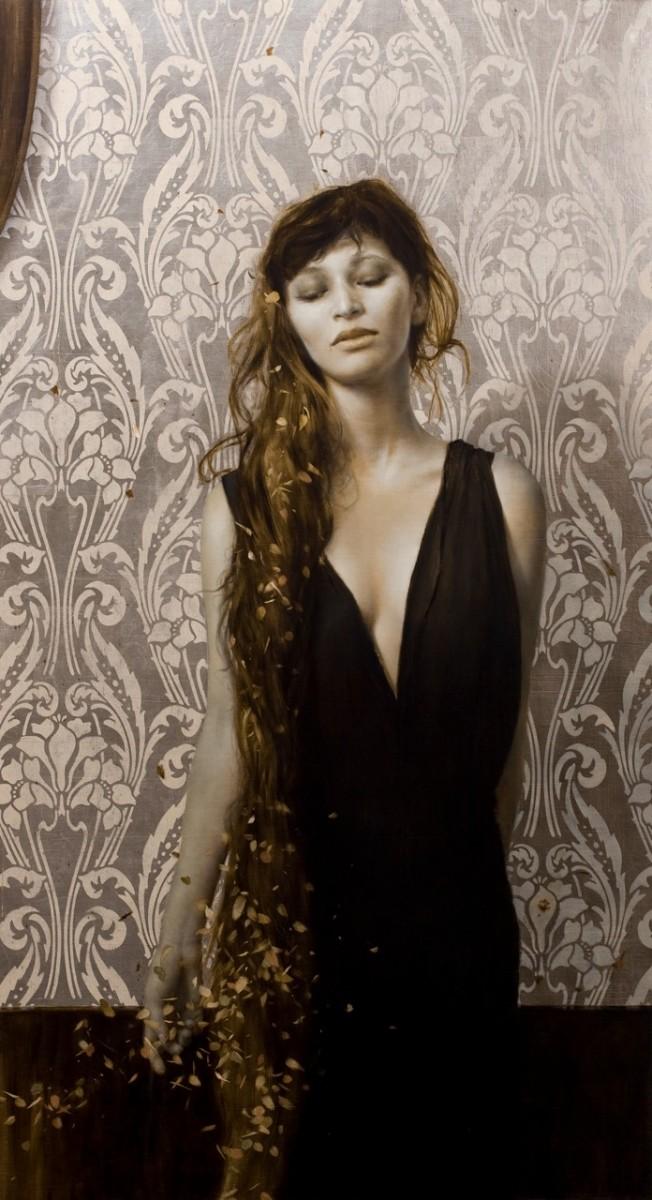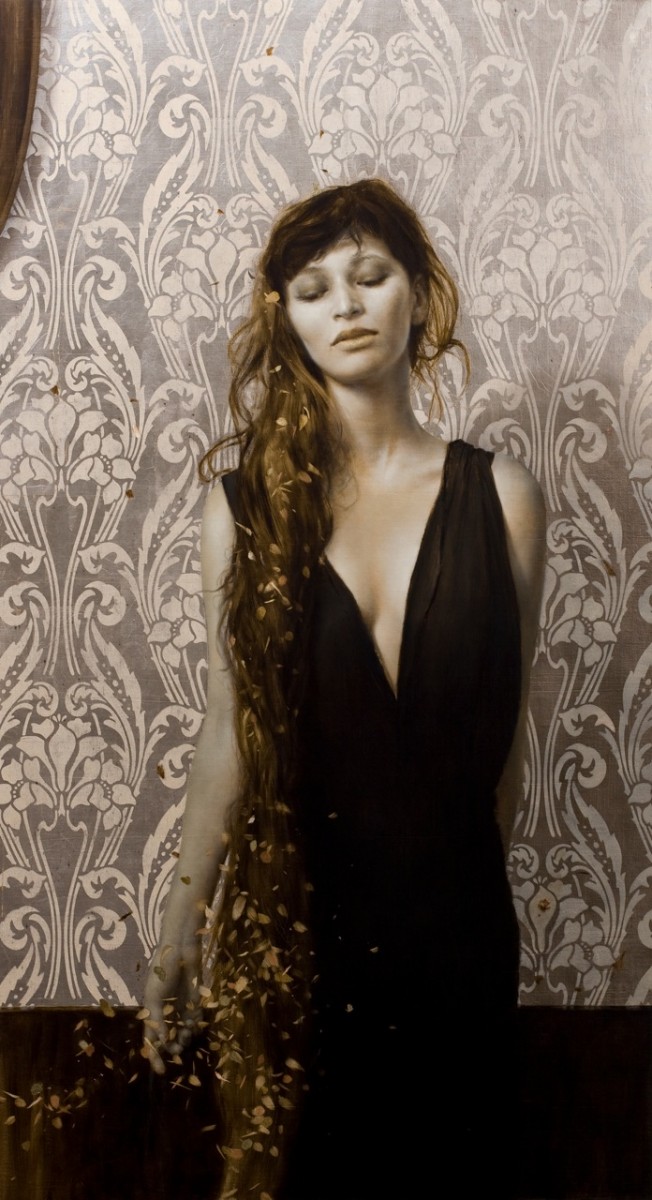NEW YORK—Garnering a lot of attention and museum-like foot traffic, an atypical art exhibit in Chelsea celebrates a side of contemporary art that is out of the limelight but is quietly but surely gaining strength.
Where a usual Chelsea art exhibit might feature pop art or some other form of contemporary art that is often difficult for the untrained observer to appreciate, many of the works in the Resolve exhibit can be instantly appreciated by anyone for their photograph-like realism.
“With this realism form, you can hit these universal chords—it will come across— even if you don’t know exactly what it is, but it is something very moving and spiritual. That honesty plays a big part in great art,” curator and artist Tony Curanaj said.
The show, now at the Joshua Liner Gallery, features 25 artists, mostly painters, whose works are rooted in classical art traditions and training. Much of the art falls under the umbrella of contemporary realism.
This is the first in a series of annual, artist-curated exhibitions planned by Joshua Liner, whose gallery is nestled among hundreds of other galleries in the ultra-hip Chelsea district of Manhattan.
Among the painters featured, are founders, teachers, or graduates of such influential institutions as the Water Street Atelier, Grand Central Academy of Art, New York Academy of Art, Ani Art Academy, and Janus Collaborative School of Art.
Their resolve is not going unnoticed.
“For several reasons, this a very important show,” states realist artist Matthew D. Innis on his art blog. “First, … Curanaj has taken an active role in promoting contemporary realism rather than just lamenting the position of classically based art in the world.
“Second, this show marks another major inroad into the Chelsea Arts District. Since the mid-1990s, when the modern artists left SoHo and re-established the contemporary art scene in Chelsea, there has been little room for [realist] artists among the 350-plus galleries in the area,” Innis said.
Exhibits’ Popularity
Curanaj believes people in general are over the mediocrity in the contemporary art world and are naturally drawn to beauty.





